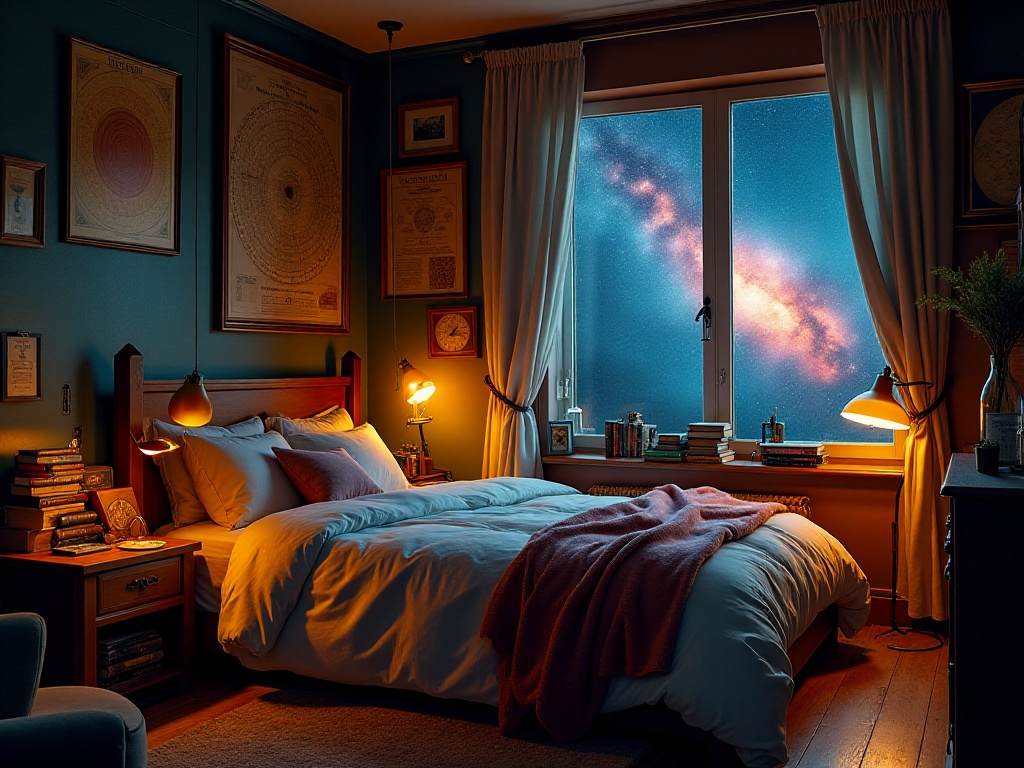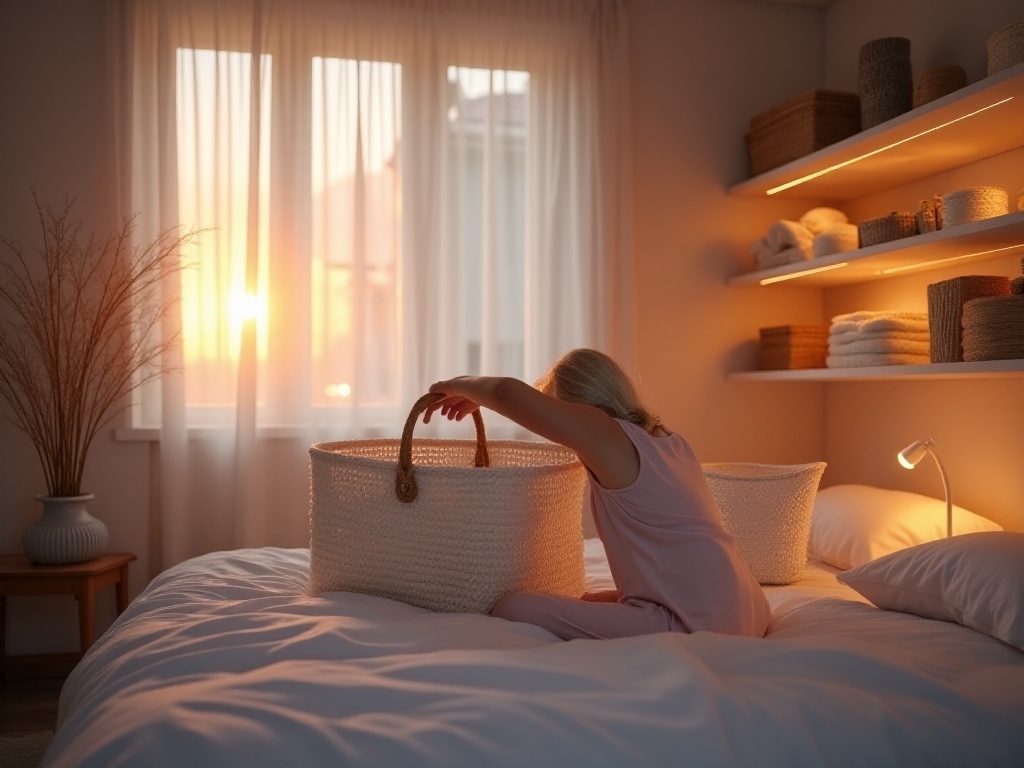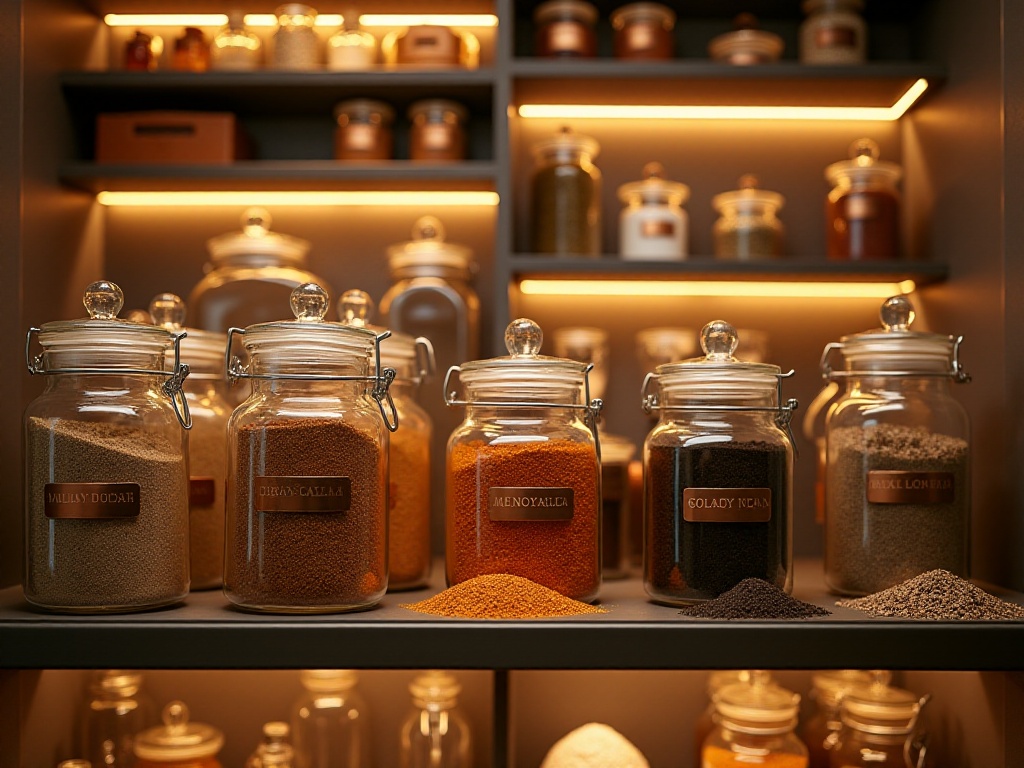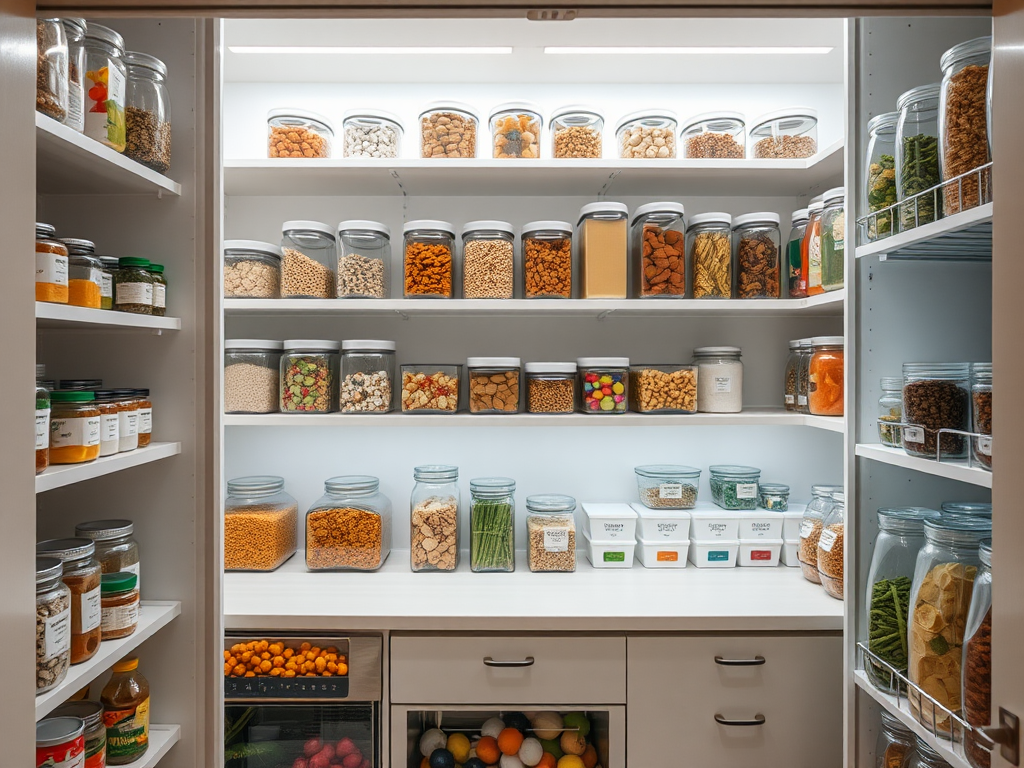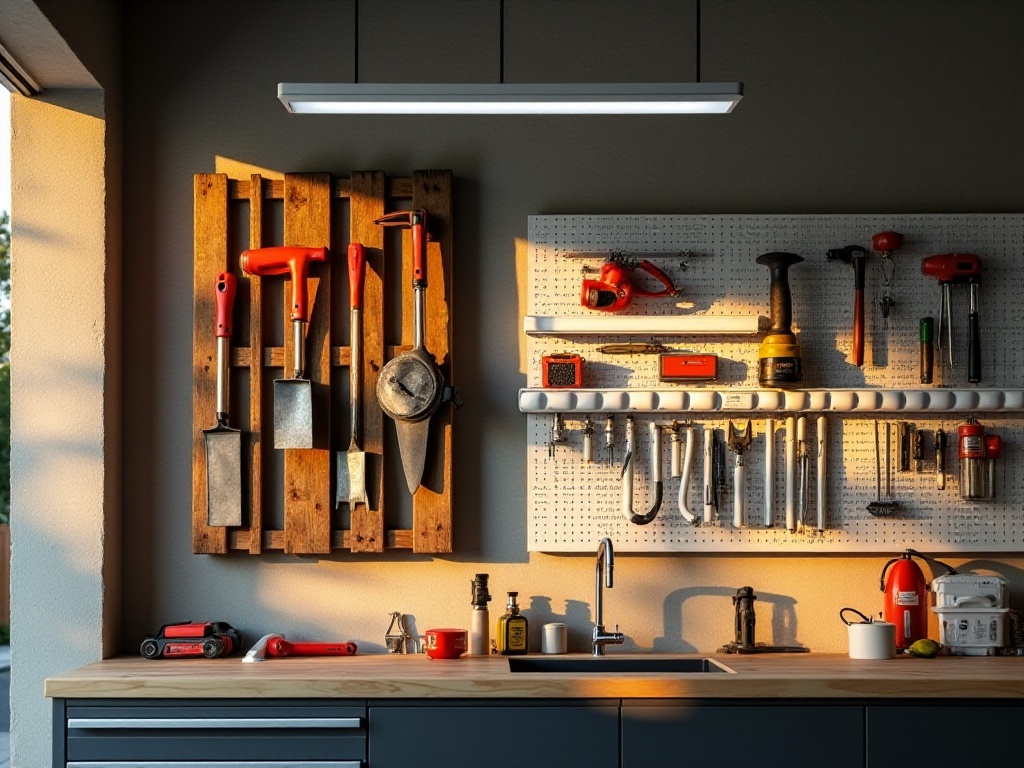Before Starting
Lying in bed scrolling through my phone, I started worrying again. Looking around, clothes were carelessly thrown on chairs, the desk was cluttered with various items, and the space under the bed was stuffed with snacks and delivery boxes from who knows when. Every time I wanted to clean up, looking at this pile of stuff gave me a headache, so I'd just go back to scrolling on my phone. I lived like this for a long time until last year when I finally couldn't take it anymore and decided to completely change this situation.
To be honest, my home was really as messy as a warehouse back then. The bedside table was piled with skincare products, some expired but I couldn't bear to throw them away; the closet was stuffed with impulse-bought clothes, many worn only once or twice; the kitchen was chaos with all sorts of pots and pans, taking forever to find needed tools when cooking. But now, my home has been transformed, with space efficiency increased by 300%, and every corner is well-organized. Want to know how I did it? Keep reading.
Organization Principles
When I first started organizing, I made mistakes that many people make. Seeing storage solutions recommended online, I immediately bought them all. Storage boxes, storage bins, hanging organizers, shelf organizers... I bought all sorts of storage tools. The result? These storage tools themselves became new clutter, not only failing to solve the problem but making the space even more crowded.
I remember once finding a storage box I bought last year, and what was in it? Expired cosmetics, ill-fitting shoes, clothes unworn for years, various useless trinkets... That moment I suddenly realized: rather than storing these completely unusable things taking up space, why not just throw them away? This was the first step of "danshari."
What is danshari? Simply put, it means: cutting ties with unnecessary things, discarding excess waste, and detaching from material possessions. This concept changed my organizing mindset. I began to re-examine every item in my home, asking myself three questions: Have I used this in the past year? Does it truly bring me joy? If I throw it away now, will it affect my life?

Space Revolution
When I really started paying attention to space utilization in my home, I discovered a surprising fact: we always focus on horizontal space usage while ignoring the potential of vertical space. My walls were a good example - originally only 20% of the space was used, with most wall space either empty or just hanging a few decorative pictures.
After reorganizing, I increased wall space utilization to 80%. How did I do it? First, I installed wall-mounted storage racks that could hold books, stationery, and small items. Then, I used magnets to attach frequently used tools like scissors, tape, and sticky notes to metal boards on the wall, making them both accessible and space-saving.
The transformation of door-back space was one of my proudest discoveries. Before, the space behind doors was just a dead corner, occasionally used for hanging clothes. Later, I installed a multi-tier storage rack behind my bedroom door, immediately creating 2 square meters of additional storage space. This rack could hold over 30 small items like scarves, hats, and bags. Best of all, when the door opened, these items were perfectly hidden, not affecting the room's appearance at all.
Besides doors, I discovered many other overlooked spaces. For example, under the bed, which used to be stuffed with random items, I now use wheeled flat storage boxes that can be easily pulled out, storing seasonal clothing and bedding. The narrow gap behind the sofa became home to a slim rolling cart for cleaning supplies.
Window sills are also often wasted space. I installed a folding table board on the windowsill, which normally holds plants but can be unfolded as a desk or breakfast table when needed. This made the windowsill not only practical but also added a touch of life.
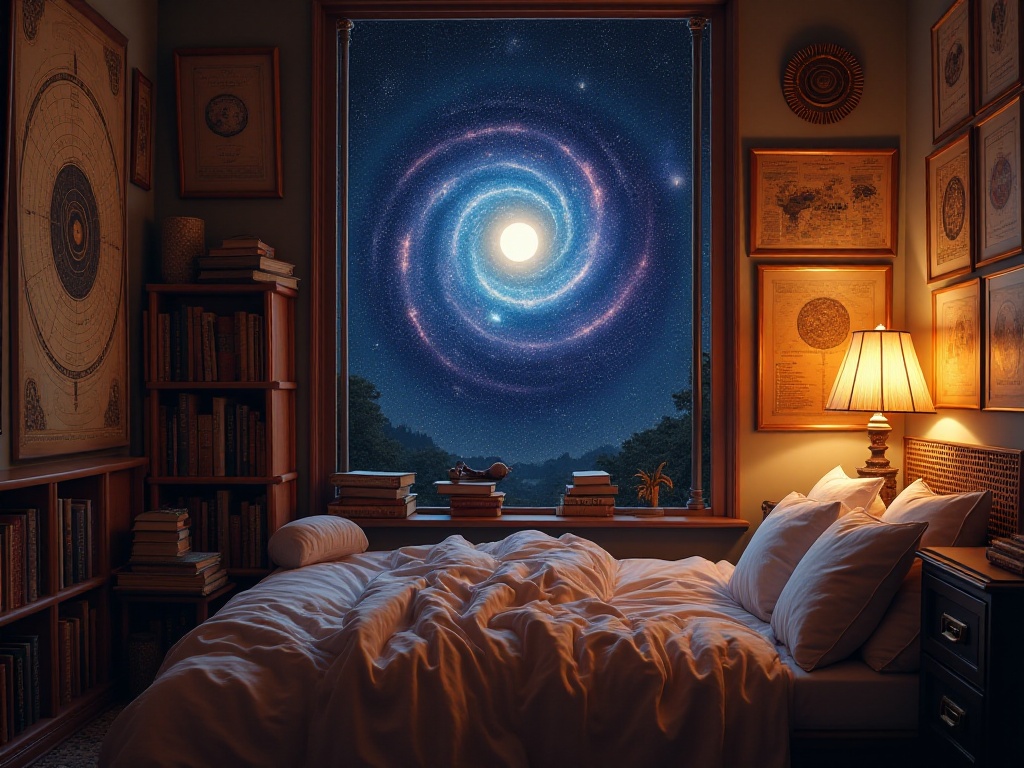
Zone Storage
Scientific zone storage is key to maintaining a tidy home. I clearly divided my home space into several zones based on function: living area, work area, and storage area. Each zone has its specific functions and storage rules, which not only improves space utilization but also makes life more organized.
In the living area, which includes the living room and bedroom, I mainly store items used frequently in daily life. The TV cabinet has drawer designs that categorically store remote controls, chargers, headphones, and other electronic products. Storage baskets installed under the coffee table can hold magazines, blankets, and other items.
The bedroom's storage focus is on clothes and personal care items. I use categorized storage boxes in the closet to store clothes by season and type. The bedside table only keeps the most frequently used items, with other skincare products stored in dresser drawers, arranged in order of use.
The work area is mainly the study or work corner. Here I implemented a "clear desk policy," meaning the desk must be cleared at the end of each workday. Documents are categorized into "to-do," "in progress," and "completed" in vertical file holders. All stationery has fixed storage boxes and is returned immediately after use.
What I'm most proud of is the kitchen's zone storage system. I divided all items into three levels based on frequency of use:
The first level is for items used daily, like common seasonings, cooking spatulas, and cutting boards, all placed within easy reach. Seasonings are stored on a rotating storage plate, making it easy to find the needed bottle with a turn.
The second level is for items used several times a week, like less frequently used cookware and baking tools, placed on middle shelves accessible with a small stool when needed.
The third level is for rarely used items, like large steamers and hot pots, stored in high cabinets. Each cabinet is labeled clearly showing what's stored inside.
This layered storage system increased my cooking efficiency by over 50%. Previously, finding a sauce meant searching through everything, now everything has its fixed place, making cooking much smoother.
The storage area is specifically for seasonal items and backup supplies. I dedicated a storage room using a floor-to-ceiling shelf system. Each shelf is clearly labeled with item categories, and using transparent storage boxes makes it easy to see what's inside.
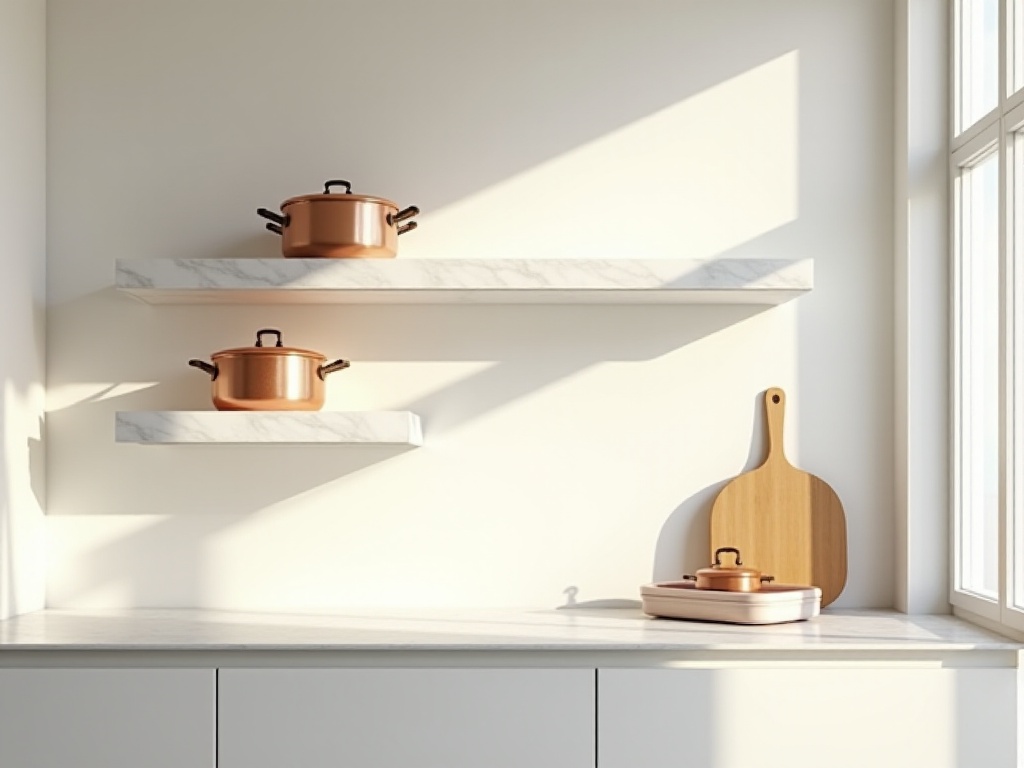
Clothing Storage
When it comes to clothing storage, this might be the most headache-inducing problem. Previously, my closet was literally a black hole, with clothes all squished together, taking forever to find anything. Now I have a complete clothing storage solution that not only saves space but also protects each piece of clothing well.
Let me first talk about my proudest invention - the soda pull-tab hanger. This idea came from a chance discovery when I realized that the pull tabs from soda cans could perfectly serve as hanger connectors. By hanging a pull tab on a hanger, you can hang another piece of clothing on the same hanger, instantly doubling the closet's capacity.
After actual testing, this method saves 60% more space compared to regular hanging methods. Plus, because there's proper spacing between clothes, they don't compress each other and actually stay more wrinkle-free. Most importantly, this way of hanging clothes makes everything visible at a glance, so you'll never forget about a piece of clothing because you can't see it.
Besides this trick, I also developed a complete clothing classification system. First, clothes are divided into four categories by season, with current season clothes in the most accessible positions, and other seasonal clothes stored in vacuum compression bags in the upper closet or under-bed storage boxes.
Then within current season clothes, they're further divided by type: tops, bottoms, outerwear, etc., each in different areas. Going even further, I arrange similar types of clothes by color, making coordination especially convenient.
For accessories like bags and hats that easily lose their shape, I use some tricks to ensure they maintain their form. I stuff bags with appropriate amounts of tissue paper to maintain shape, then put them in dust bags and arrange them vertically in dedicated compartments. Hats are supported with hat forms to prevent deformation.
Shoe storage also has its techniques. I designed a simple ventilation system in the shoe cabinet, drilling some small holes in the backboard and adding dehumidifiers to prevent mold. Plus, each pair of shoes has a shoe tree support, which not only maintains the shoe shape but also extends their lifespan.
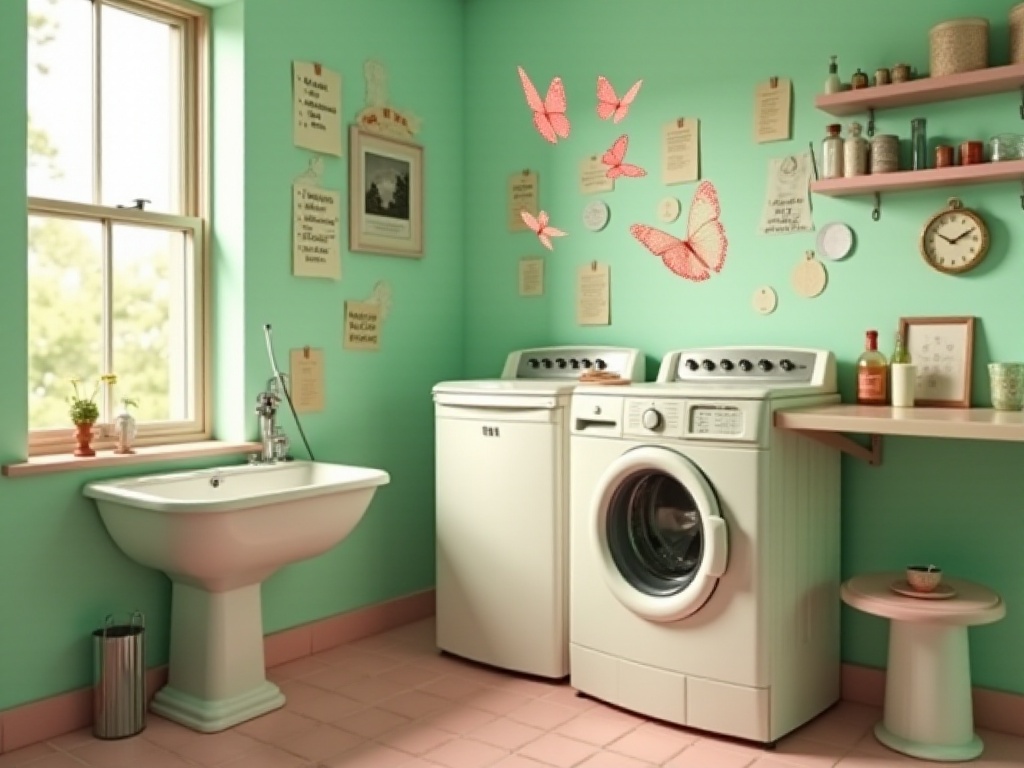
Maintaining Order
Honestly, the hardest part isn't getting the house clean, but maintaining that tidiness. Many people have this experience: you finally do a big cleanup, but everything returns to its original state not long after. To avoid this, I developed a simple but effective maintenance plan.
Spend 10 minutes before bed doing a quick tidying up, mainly dealing with clutter accumulated during the day. Put used items back in their places, put dirty clothes in the laundry basket, and clean up garbage promptly. This habit seems simple but prevents clutter from building up.
On weekends, I spend 1 hour doing a more thorough organization. Check for new clutter that might have accumulated during the week, promptly clear out expired or unnecessary items. Also check if each storage area maintains its original order, and if any area starts becoming messy, adjust it immediately.
This time investment might seem significant, but compared to the time wasted searching for things in chaos before, it actually saves a lot. Moreover, living in a tidy environment has not only increased work efficiency by 35% but also improved mood.
I used to think housework was annoying, but now it's become a way to relax. Coming home to a neat and orderly house every day gives an indescribable sense of comfort. During the organizing process, I've also developed some good habits, like considering whether I really need something before buying it and returning items to their places immediately after use.
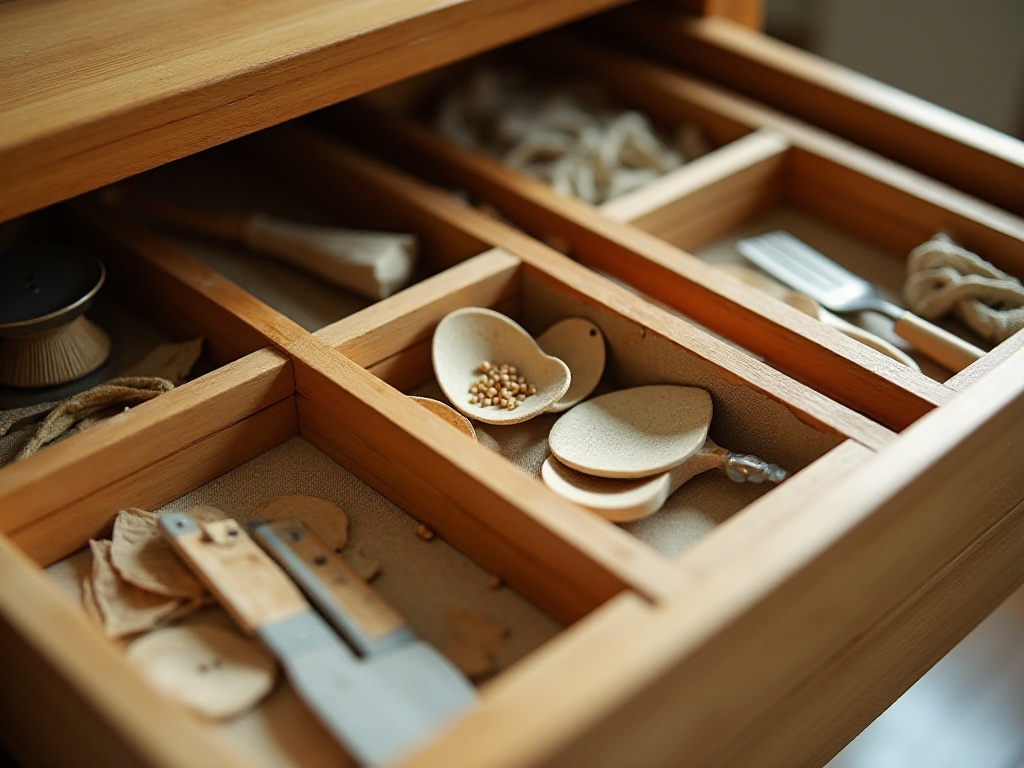
Insights Gained
Through this thorough storage revolution, I not only made my home neat and orderly but more importantly changed my lifestyle. I used to always pursue having more, now I enjoy having less. When possessions decreased, life actually became richer.
This process made me understand that organizing storage isn't just a household chore, but a journey of self-improvement. It taught me how to distinguish between needs and wants, how to maintain restraint in material life, and how to make life simpler and more beautiful.
Many people might be like me, finding danshari difficult at first, reluctant to throw things away. But actually when you really start taking action, you'll find many things aren't as important as imagined. Getting rid of them not only won't cause loss, but will make life easier.
As I often say: Rather than struggling with how to store things, first learn to let go. When you truly master the essence of "danshari," you'll find that life can be this simple. Every time you throw away something unnecessary, you're creating new possibilities for yourself.

Practical Suggestions
If you want to start your own storage journey, my advice is don't rush to buy storage tools. Instead, spend a weekend taking everything out and organizing by type. You'll be surprised to discover how many completely unusable things are in your home.
According to statistics, in an average household, about 30% of items can be directly discarded. This includes expired cosmetics, clothes unworn for years, broken electronics, etc. Another 20% of items can be considered for selling or donation, such as duplicate items or unsuitable clothing.
During the organizing process, I suggest recording your insights at any time. For example, which areas easily accumulate clutter, which items are often hard to find, what difficulties you encounter when storing, etc. These records will help you discover blind spots in your life and find the most suitable storage methods for yourself.
This is how I explored many practical tips while organizing. Like using egg cartons to separate jewelry in drawers, transforming old items into storage boxes, using wall space to create hanging storage racks, etc. These creative ideas all came from observation and thinking during practice.
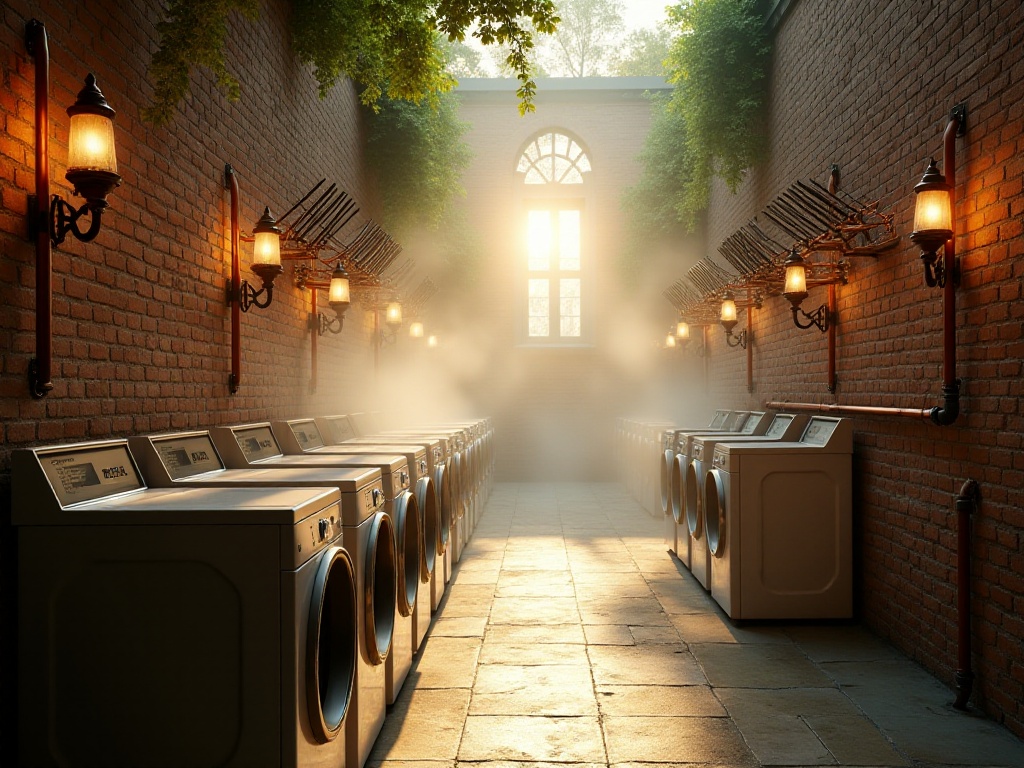
Concluding Thoughts
Through this thorough organizing experience, I deeply realized: home organization isn't just about making space neat, but a process of self-improvement. When we learn to let go of our attachment to possessions and travel light, our spirits also become lighter.
A tidy environment can give people positive psychological suggestions, making our lives more orderly and mood more pleasant. Every time opening a cabinet and seeing well-organized items gives a sense of control and achievement.
Now, my home is no longer a pile of clutter, but a space that makes people feel relaxed and happy. Coming home every day and seeing everything neatly in its proper place gives an indescribable sense of satisfaction.
Perhaps you're sitting in a messy room right now, thinking change is very difficult. But why not start with organizing one drawer? You'll find that when you take the first step, change isn't as hard as imagined.
So, are you ready to start your storage journey? Trust me, when you really start taking action, you'll find this isn't just organizing items, but organizing life. Let's together begin this exciting journey of change.


